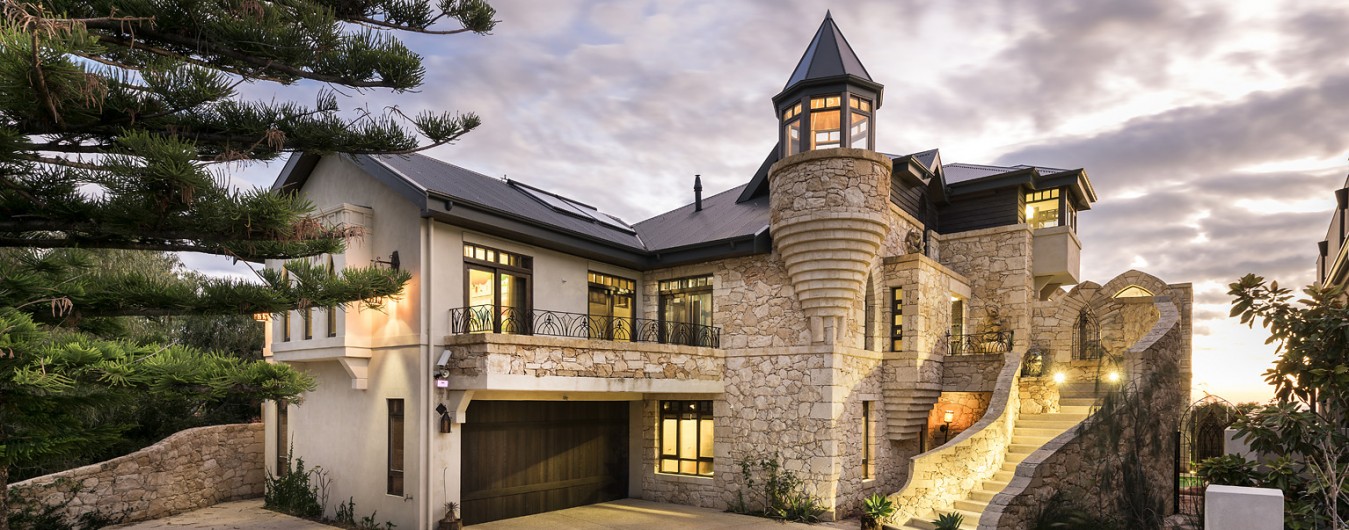Climate Change and Intergenerational Equity – What is Needed in Energy Policy? Part 4
Built Environment : The Reality
The reality is that our built environment accounts for 50% of greenhouse gasses in Australia and 55% in fully developed Western styled economies such as the USA. Although the primary energy use in buildings is about 30% in Australia and will reach 33% in the near future, 50% of our electricity use goes into making building materials, constructing buildings and infrastructure, and ongoing electrical needs of occupants. This is having a huge impact on Australia’s environmental future. To build international credibility, Australia needs to be seen to be acting responsibly on Climate Change. The figures above do not reflect this at present.
There are already 7.5 million homes in Australia that are using far too much energy and water. Retrofitting and future proofing then, should be the highest priority. The same goes for existing commercial, institutional and industrial buildings. New houses account for about 180,000 each year, and even if every new home was built to maximum efficiency, by far it can be seen that what determines the greatest ongoing environmental impact is from existing homes.
If we try hard and not continue to dress up ‘business as usual’ initiatives as ‘green wash’ we may be able to reduce greenhouse gasses by up to 15 -20% from 1990 benchmarks. But that will probably take all of the 40 years available, provided Australian governments restrict population growth to a minimum during that period. To achieve worthwhile results, savings of at least 30-50% will be needed with all existing buildings, and 80-90% savings with all new buildings.
In my opinion and in the opinion of other experts in the field, this will not be easy to achieve. In spite of the reassurance of many bureaucrats, I do not believe that our built environment professionals and developers actually understand the enormity of the challenge to minimise energy and water use in the built environment before 2050. We are not even close to doing what is necessary to deliver these results.
A positive outcome in the form of increased economic and social advantages can be expected, if in fact these savings are instituted and comprehensive action is taken in a measured and committed way. It would create about 100,000 to 300,000 extra jobs in the construction industry across Australia and lead to significant advances in industrial development and innovation. The multiplier effect of expanded expertise and intellectual property could lead to many export opportunities for the architecture and engineering professions, building industry suppliers and project managers.
From the previous analysis it is obvious that built environment changes alone will not deliver the GHG reductions needed to avert Climate Change disaster. Ross Garnaut has already indicated that the world needs to reduce GHGs by about 80-90% to avert Climate Change over the next 40 years. It is obvious this will not be achieved, given the lack of progress in the last decade, but demonstrates how dramatic the changes to our economy will be. Due to the high cost of new technologies it means that improvements for the built environment need to be brought forward.
Real quantifiable results are now needed, not simply more buildings that look like they are environmentally designed.
This is where the Green Building Council of Australia (GBCA) can play a pivotal role as an independent institution with access to the best science and professionals to set and measure standards of performance.
However, in my estimation the approach widely accepted and practised at present in Australia will only deliver about a 5% GHG reduction. Unless some effective changes in compliance, public awareness, independent assessments and innovative progress within industry are made to reach the achievable savings of 15-20%, it simply will not happen.
Simultaneously, global population growth needs to slow dramatically or preferably stop. Agricultural, forestry, and oceanic initiatives would need to be escalated to have any chance of delivering an abatement or remediation strategy. But it is hard to imagine that these initiatives could realistically deliver more than 10-20% savings of GHGs. Commuter transport could, with emerging technological advances, easily deliver about 5% savings. With efficiencies in heavy transport perhaps this could amount to about 10%. What else can be done?
Culture Change
Calculations on the possible results of culture change and voluntary reductions in the consumption of food and household goods, is an interesting but far from certain area of action. From my estimates the most this culture change ingredient can realistically deliver would only be about 3% GHGs.
Organisations like ‘Days of Change’ and ‘worldchanging.com’ and many other initiatives are starting to push this approach as a panacea for progress. I am yet to believe that this approach will make much of a difference, though am supportive of the intent and motivation of those trying to make a difference.
Although potentially useful in promoting the cause, the important changes will come from the building, development and renewable energy industries. There is some dependence on culture change initiatives with these industries, but minor compared to market initiatives and forces and the power of good marketing and advertising. This is the aspect of change in a capitalist society that will create the wholesale advances necessary. The great work of the non-profit industry associations is also where advances are happening and will increase their influence, along with a supportive media.
An Independent Professional Opinion by Garry Baverstock AM, B. Arch, MSc, LFRAIA,
Adjunct Professor, Built Environment Program, Research Institute for Sustainable Energy (RISE) at Murdoch University.
Director of Wise Earth Research Centre.









